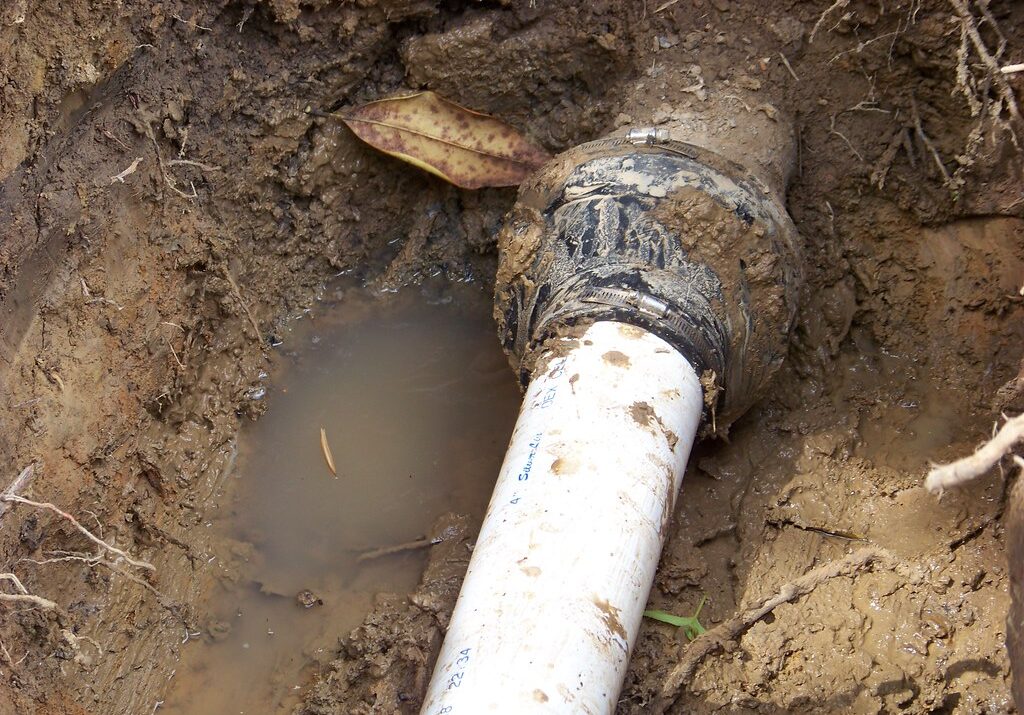
Sewer system troubles can strike fear into the heart of any homeowner, presenting not just a potential for significant property damage but also a direct challenge to the comfort and hygiene of one’s living space. However, equipped with the right knowledge and strategies, homeowners can navigate sewer repair needs effectively, ensuring their system remains in optimal condition. This comprehensive handbook delves into the essentials of sewer repair, from early detection signs to innovative repair methods and preventative measures.
Understanding the Sewer System
Before tackling repairs, a basic understanding of your home’s sewer system is crucial. Most homes have either a septic system or are connected to a municipal sewer line. Each has its unique maintenance needs and potential issues, ranging from blockages and backups to tree root intrusion and pipe degradation.
Early Signs of Sewer Problems
Early detection can prevent a minor issue from escalating into a full-blown crisis. Key signs that your sewer line may need attention include:
- Slow draining sinks, bathtubs, and showers
- Frequent toilet clogs or backups
- Gurgling noises emanating from drains
- Unpleasant odors around drains or outdoor sewer lines
- Unexpectedly lush or green patches in the yard, which may indicate a leak
Diagnosing the Issue
Professional Inspection
For a precise diagnosis, consider a professional sewer line inspection. Today’s plumbers use advanced camera inspection techniques to visually assess the condition of pipes, identifying blockages, cracks, and other issues without the need for invasive digging.
Innovative Repair Methods
Trenchless Repairs
Trenchless Sewer line repair technologies offer efficient solutions with minimal disruption to your property:
- Pipe Lining (CIPP): A flexible, resin-coated tube is inserted into the damaged pipe and inflated, adhering to the pipe’s interior to create a new, seamless pipe within the old one.
- Pipe Bursting: A method used to replace severely damaged sewer lines, where a new pipe is pulled through the old one, simultaneously breaking it apart and replacing it with a new pipe.
Conventional Repair Methods
In some cases, traditional excavation might be necessary, especially if the sewer line has collapsed or requires significant rerouting. This method involves digging down to the sewer line for direct access to make repairs or replace sections of pipe.
Preventative Maintenance
Regular Inspections
Scheduling regular inspections of your sewer line, especially if your home is older or has a history of sewer problems, can catch issues early and save on costly repairs down the line.
Proper Disposal Habits
Many sewer blockages are caused by improper disposal of materials down drains. Avoid flushing anything other than toilet paper and human waste, and be mindful of what goes down the kitchen sink to prevent grease and food blockages.
Managing Tree Roots
Tree root intrusion is a common cause of sewer line damage. Plant trees away from sewer lines, or choose species with less invasive root systems. If roots are a recurrent problem, periodic root cutting or the use of root barriers might be necessary.
Choosing the Right Repair Service
Selecting the right professional is critical to ensuring your sewer repair is handled efficiently and effectively. Look for licensed, experienced plumbers or sewer repair specialists with positive reviews and a track record of successful repairs. Don’t hesitate to ask for references or details about their repair methods.
Cost Considerations
The cost of sewer line repairs can vary widely based on the extent of the damage, the chosen repair method, and your location. Obtain multiple estimates to understand the potential financial commitment and explore financing options if necessary.
Legal and Environmental Considerations
Before undertaking any repair work, check local regulations regarding sewer repairs and permits. Some repair methods, especially those involving excavation, may have environmental impacts or legal requirements that must be addressed.
Conclusion
Facing sewer line issues can be daunting, but with the right approach, it doesn’t have to be a homeowner’s nightmare. By recognizing early signs of trouble, opting for innovative repair solutions, and engaging in preventative maintenance, you can ensure your sewer system remains functional and efficient. Remember, the key to avoiding major disruptions and costly repairs is proactive management and timely intervention. Armed with this handbook, homeowners can navigate sewer repair needs with confidence, keeping blockages and related problems at bay.